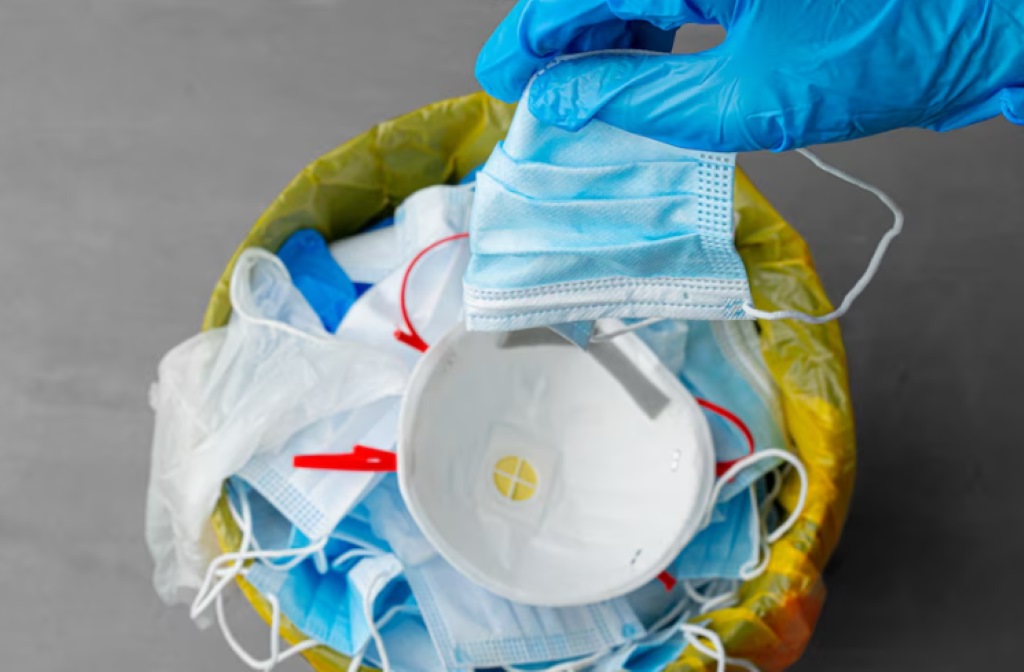Hazardous materials pose significant risks to public health and the environment if not managed properly. Clinical waste, in particular, demands meticulous handling due to its potential to carry pathogens and other harmful substances.
In this article, we delve into the importance of clinical waste plastic bags as indispensable tools for containing and managing hazardous materials and safeguarding public health in the process.
Understanding Hazardous Materials
Hazardous materials encompass a wide range of substances that can cause harm to human health, wildlife, and the environment. These materials include but are not limited to biomedical waste, chemical agents, radioactive materials, and pharmaceuticals.
Improper disposal or mishandling of these substances can lead to soil, water sources, and air contamination, resulting in adverse health effects and ecological damage.
Challenges in Clinical Waste Management
Clinical waste, in particular, presents unique challenges due to its diverse nature and potential infectiousness. From hospitals and clinics to laboratories and research facilities, the generation of clinical waste is constant and varied.

This waste can include used syringes, contaminated dressings, expired medications, and laboratory specimens, among other items. Effective containment and disposal of clinical waste are essential to prevent the spread of infections and protect public health.
Role of Clinical Waste Plastic Bags
These bags play a pivotal role in the containment and safe disposal of hazardous materials. Clinical waste plastic bags are specifically designed to meet stringent quality standards and regulations governing the handling of clinical waste.
Made from durable and puncture-resistant materials, such as high-density polyethylene (HDPE) or polypropylene, clinical waste bags provide an impermeable barrier to prevent leakage and contamination.
Key Features of Clinical Waste Plastic Bags
Clinical waste plastic bags come with several key features that make them indispensable tools for hazardous material containment:
1. Color Coding: Clinical waste bags are typically color-coded to indicate the type of waste they contain, facilitating easy identification and segregation. For example, in many countries, yellow bags are used for infectious waste, while red bags are reserved for anatomical waste.
2. Strength and Durability: Clinical waste bags are designed to withstand the rigors of handling and transportation. Reinforced seams and strong construction ensure that the bags remain intact, even when filled with heavy or sharp objects.
3. Leak-Proof Design: Leakage of hazardous materials can have serious consequences. Clinical waste bags feature leak-proof designs to prevent seepage of fluids and contamination of surrounding areas.
4. Biohazard Symbol: Many clinical waste bags are emblazoned with the internationally recognized biohazard symbol, serving as a visual warning of the potential dangers posed by the contents.
5. Compliance with Regulations: Manufacturers of clinical waste bags adhere to strict regulations and standards to ensure compliance with local and international guidelines for waste management.

Best Practices in Clinical Waste Management
Effective management of clinical waste involves adherence to best practices at every stage, from generation to disposal. Some key best practices include:
1. Segregation: Proper segregation of different types of clinical waste is essential to prevent cross-contamination and facilitate recycling or disposal.
2. Containerization: Clinical waste should be placed in sturdy containers, such as clinical waste plastic bags, with secure lids to prevent spillage during handling and transportation.
3. Labeling: Clear labeling of clinical waste containers with information such as the type of waste, date of generation, and safety precautions ensures safe handling by personnel.
4. Training and Education: Healthcare workers and waste management personnel should receive training on proper handling and disposal procedures to minimize risks and ensure compliance with regulations.
5. Disposal: Clinical waste should be disposed of by local regulations and guidelines. This may involve treatment methods such as incineration, autoclaving, or chemical disinfection to render the waste harmless before final disposal.
Future Directions in Clinical Waste Management
As technology continues to advance, there are opportunities to improve clinical waste management practices further. Innovations such as smart waste tracking systems and biodegradable waste packaging offer promising avenues for enhancing efficiency and sustainability in waste management.
Smart tracking systems can provide real-time monitoring of waste generation, collection, and disposal, allowing for better resource allocation and optimization of waste management processes.
Additionally, the development of biodegradable or compostable alternatives to traditional plastic bags holds the potential for reducing the environmental impact of clinical waste disposal by promoting the degradation of waste materials over time.
Collaborative Efforts for Effective Waste Management

Addressing the challenges of clinical waste management requires collaboration among various stakeholders, including healthcare providers, waste management companies, policymakers, and the public.
By working together to implement comprehensive waste management strategies, stakeholders can mitigate the environmental and public health risks associated with clinical waste.
This collaboration may involve sharing best practices, developing innovative solutions, and advocating for policies that prioritize safe and sustainable waste management practices.
Through concerted efforts and ongoing commitment, we can ensure responsible management of clinical waste, safeguarding public health and the environment for future generations.
Conclusion
Clinical waste plastic bags play a vital role in securing public health by containing and managing hazardous materials effectively. Their robust construction, leak-proof design, and compliance with regulations make them indispensable tools in clinical waste management.
By adhering to best practices and utilizing appropriate containment solutions, healthcare facilities and waste management entities can minimize the risks associated with clinical waste and protect both human health and the environment.




